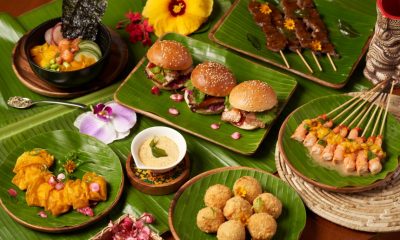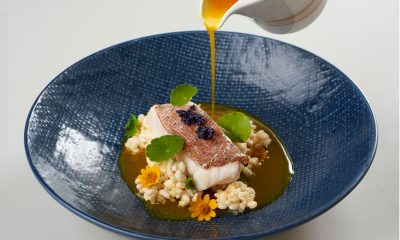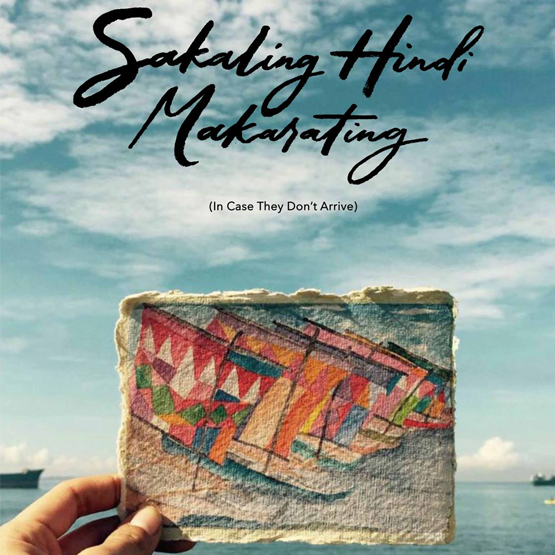Arts & Culture
Celebrate Grander this Sinulog 2020: A Traffic Guide
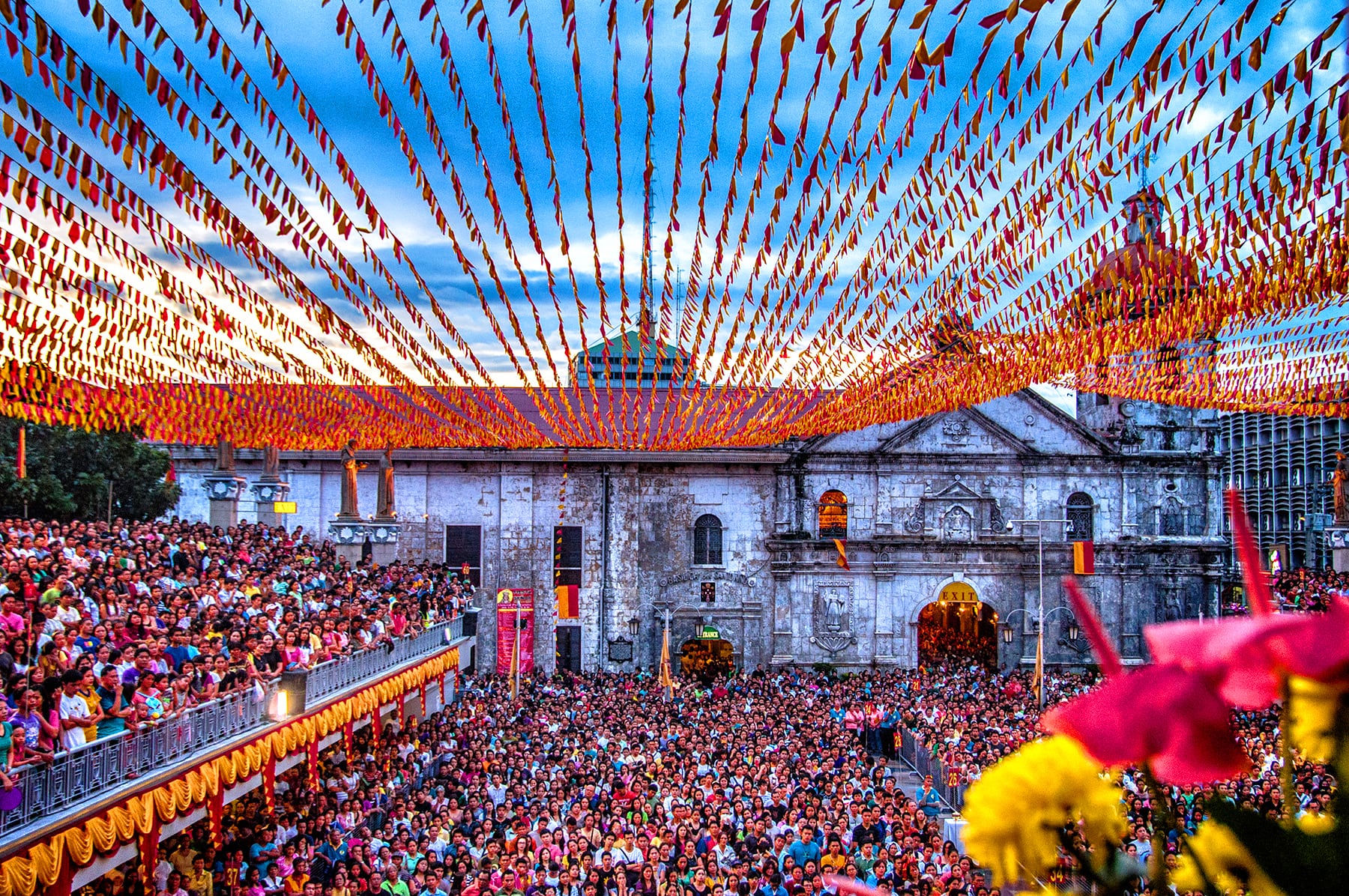
by Chrissy Grey Resaba
Alas! ‘Tis the season to be merry once again for Cebuanos. Cebu holds the record of being the city that celebrates Christmas the longest because it ends until the third of week of January. With that being said, the Queen City of the South becomes colorful and cheerful as Ceabunos revel the grandest festival in the Visayas and of the Philippines – the Sinulog Festival.
Sinulog Festival is celebrated every third Sunday of January to give honor to Snr. Sto. Niño, the patron saint of Cebu. This festival as well can be celebrated in two ways: solemn activity and cultural festivity.
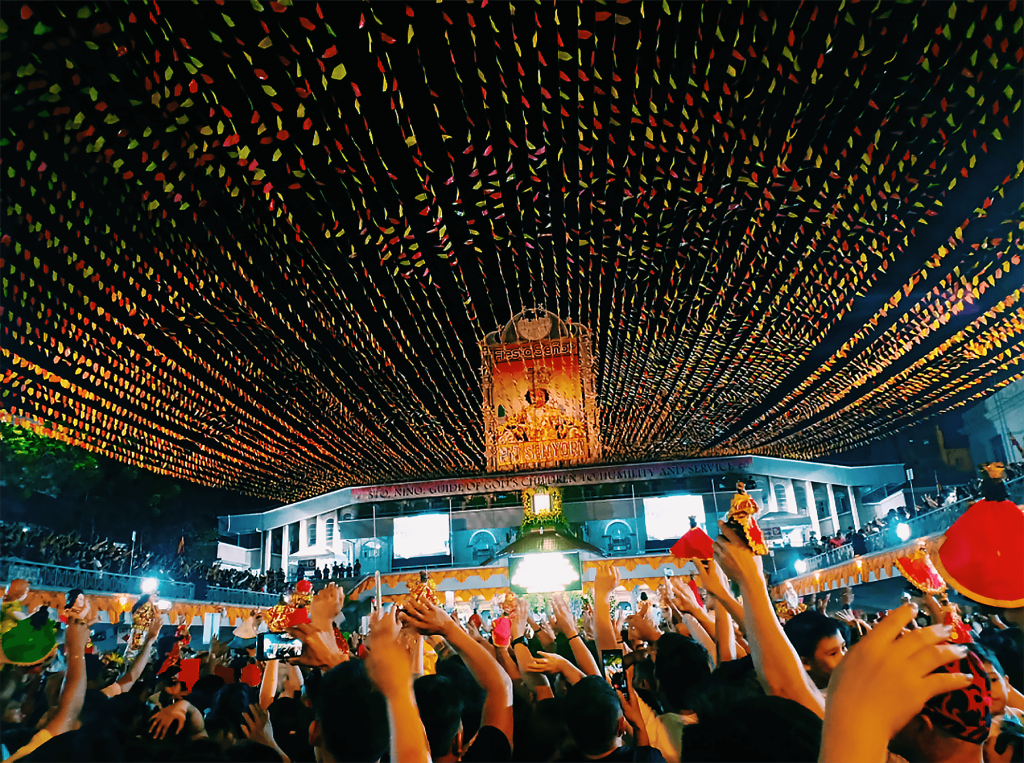
Devotees from all ages and walks of life flock to Basilica Minore Del Santo Niño de Cebu to zealously attend the novena mass for nine days in the hopes of having their wishes be granted by the Holy Child Jesus. The novena holds masses plenty everyday until 7:00 in the evening ending with a traditional Sinulog dance. The first day of novena starts with Walk with Jesus procession and the last day ends with Walk with Mary together with Sto. Niño in which both routes begin in Fuente Osmeña Circle to the Basilica during the dawn of the day.
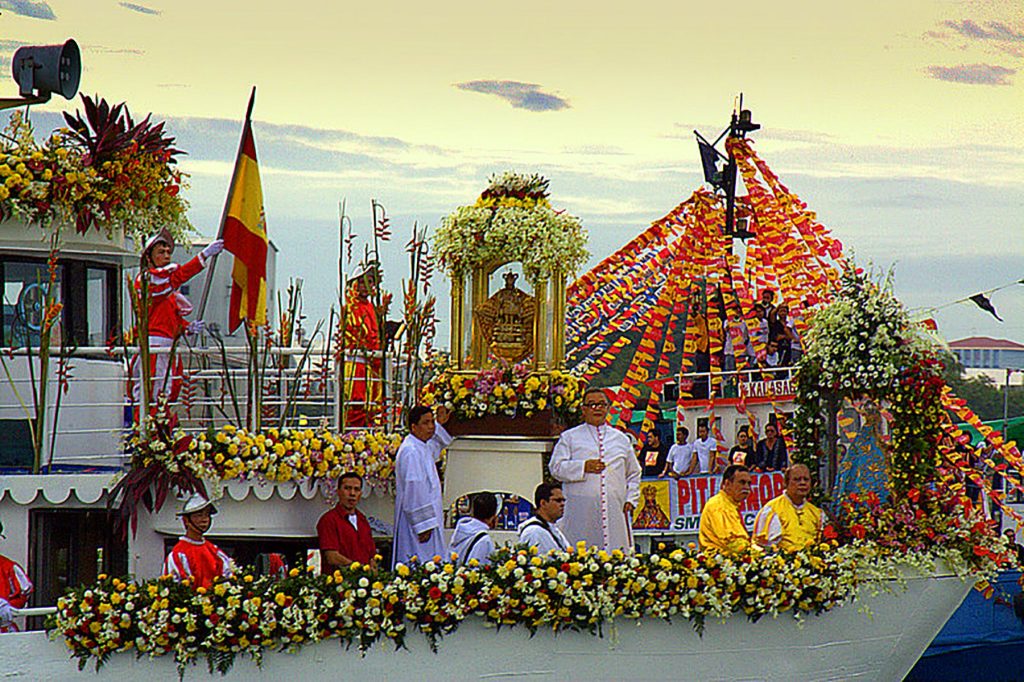
Part of the solemn celebration of the Holy Child, there is a fluvial procession that commemorates the coming of Snr. Sto. Niño to the shores of Cebu brought by Spaniards almost five centuries ago. Not only Cebu was introduced to Christianity in 1521, but it also became the foundation for the Sinulog’s relevance. It is a holy and peaceful tradition held at the sea a day before the grand celebration.
Cultural festivity thrills the party-goers with excitement as well when they get to feast their eyes with the multicolored costumes and props parading along the streets of Cebu for the Sinulog Grand Parade. Not to mention the parties laid out by the organizers for the millennial and young-at-heart. Yet, street parties are prohibited within the 100-meter radius that is why parties are held far from the city center days before the grand celebration.
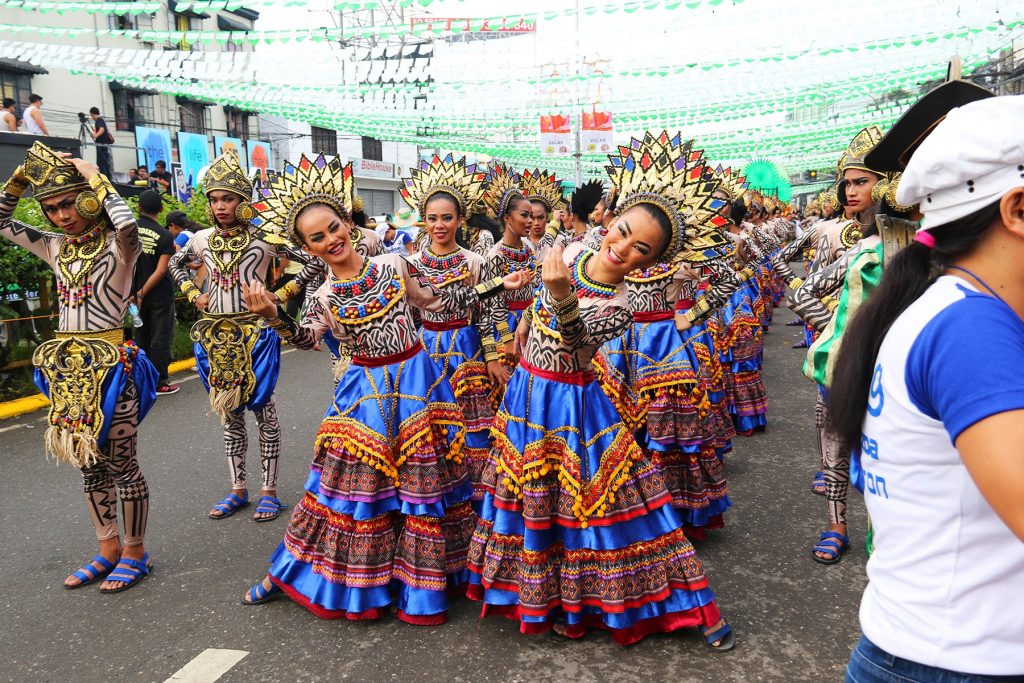
There may be a lot of things to do during Sinulog this year however, streets become busier during some days because of the activities, expect heavier traffic because some streets will close thus planning might be a good solution … or maybe the best.
Be it by a taxi, Grab car, Angkas, jeepney, or a private car avoid the routes that will surely get affected by the activity.
Avoid heading over to streets closer to piers because fluvial procession will take place at six to nine in the morning. Osmeña Blvd., MJ Cuenco Avenue, Legaspi Extension, and Pier Uno will be closed during these times for the short foot procession.
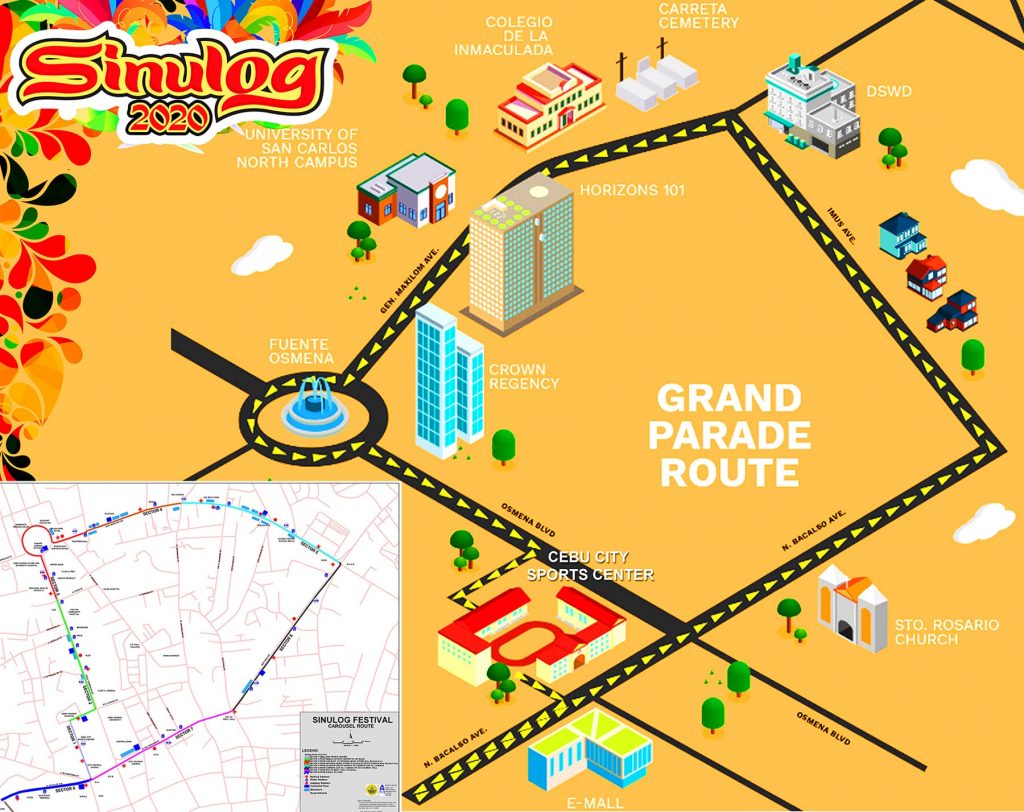
Image courtesy of sinulog.ph
Traslacion is when Sto. Niño pays a visit to his father Saint Joseph in the National Shrine of Saint Joseph the Worker in Mandaue City and then to his Mother Mary in the National Shrine of Virgen de Regla in Lapu Lapu City that is to complete the Holy Family. Traslacion signifies the importance of family being together. The route starts at the Basilica then takes right to D. Jakosalem Street, right to Gen. Maxilom Ave., left to Gorordo Ave., right to Abp. Reyes Ave., then take the junctures MJ Cuenco Ave., and Banilad Road, takes a right to AS Fortuna St., right after to A. Del Rosario St., and ends by taking right to SC Cabahug St.
The streets of Mandaue and Lapu Lapu will be closed during the Traslacion of Sto. Niño. These streets are SC Cabahug, AC Cortes, Cebu-Mandaue (First) Bridge, Quezon Natl’ Highway, Cy De la Cerna St., and lastly Osmeña St.
The moving of the Holy Child Jesus from Cebu to Mandaue and Lapu Lapu happens on January 17 – 18, 2020. Moreover, the first bridge is closed during this time.
The Solemn Foot Procession happens on January 18, 2020, at one in the afternoon. Thousands of pilgrims and devotees take part in the holy procession to say a prayer or ask Snr. Sto. Niño to grant petitions. The route of the procession starts at the Basilica then to Osmeña Blvd., Colon St., Leon Kilat St., J. Alcantara St., V. Rama St., B. Rodriguez St., Fuente Osmeña Circle, back to Osmeña Blvd., then to P. Del Rosario St., Junquera St., back to Colon St., lastly to D. Jakosalem St., and back to the Basilica.
The revelry and the grandiose party definitely will get the tourists’ jaw dropped and be in awe as they witness a showcase of street pageantry accompanied by frenzied dance steps and choreography. Loud chants of “Pit Senyor” will also be ubiquitous. The Sinulog Grand Parade is the culminating activity of the Fiesta Señor. But, getting up early and going to the place where the street dancing is happening is a must because of the carousel route. The carousel route will take place starting outside the Cebu City Sports Center then along the N. Bacalso Ave., next to Imus Ave., then to Gen. Maxilom Ave., around the Fuente Osmeña Circle, next to Osmeña Blvd., and will end inside the CCSC.
Fare surge for Grab and Angkas will occur during peak hours especially when the procession and Sinulog parade happens. Jeepneys still have their minimum fare at Php 8 and taxis have its flag down rate at Php 40. Expect to have long walks as well when the streets will be closed. For people who have private cars, choose a spot where parking lots are closer to specific places.

Cebu has a lot in store for all the revelers during Sinulog season and knowing what streets will close due to important events as part of the festivity can let the people go a long way. Free the worries up and celebrate a grander Sinulog 2020 in razzmatazz.
Arts & Culture
Queer Coding in Cinema: The Best Shows to Binge for Pride Month 2025

compiled by Edge Javier
As Pride Month 2025 goes into full swing, the best way to celebrate LGBTQIA+ voices is with a binge-worthy lineup of shows that center queer stories, joy, love, resilience — and yes, of course, drama. From groundbreaking recent series to must-watch staples and fan favorites, here are the top shows to stream this June that reflect the vibrant spectrum of the queer-coded experience.
1. Heartstopper – Season 3 (Netflix)
Nick and Charlie are back, and the coming-of-age sweetness is stronger than ever. Season 3 explores deeper emotional territory while keeping the wholesome tone fans adore. Expect more queer joy, nuanced relationships, and tearjerker moments that feel like a warm hug.

2. Drag Me to Dinner (Hulu)
Hosted by Neil Patrick Harris, this chaotic culinary competition pairs drag duos in a battle to throw the most fabulous themed dinner party. With outrageous challenges, surprise twists, and plenty of camp, queens serve up equal parts food, flair, and fierce shade. It’s RuPaul meets Top Chef—served with a side of sequins.

3. Queer Planet (Apple TV+)
Hosted by Janelle Monáe, this visually stunning docuseries dives into queerness in the animal kingdom and parallels in human identities. It’s smart, groundbreaking, and perfect for those who want to feel seen—and informed.

4. Fellow Travelers (Paramount+)
This period romance-drama set during the Lavender Scare continues to grip audiences with its tragic beauty and sharp historical insight. If you missed Season 1, now is the perfect time to catch up before the highly anticipated Season 2 lands later this year.

5. The Buccaneers – Season 2 (Apple TV+)
The unapologetically queer period drama returns with more scandal, sapphic yearning, and feminist rebellion among American heiresses navigating high society in 1870s London. Think Bridgerton, but with more edge and better sapphic representation.

6. Our Flag Means Death – The Finale Special (Max)
This fan-favorite pirate rom-com wraps up with a one-hour finale special airing this June. Whether you’re rewatching from the start or jumping into the last hurrah, this show remains a shining example of queer love told with heart and humor.
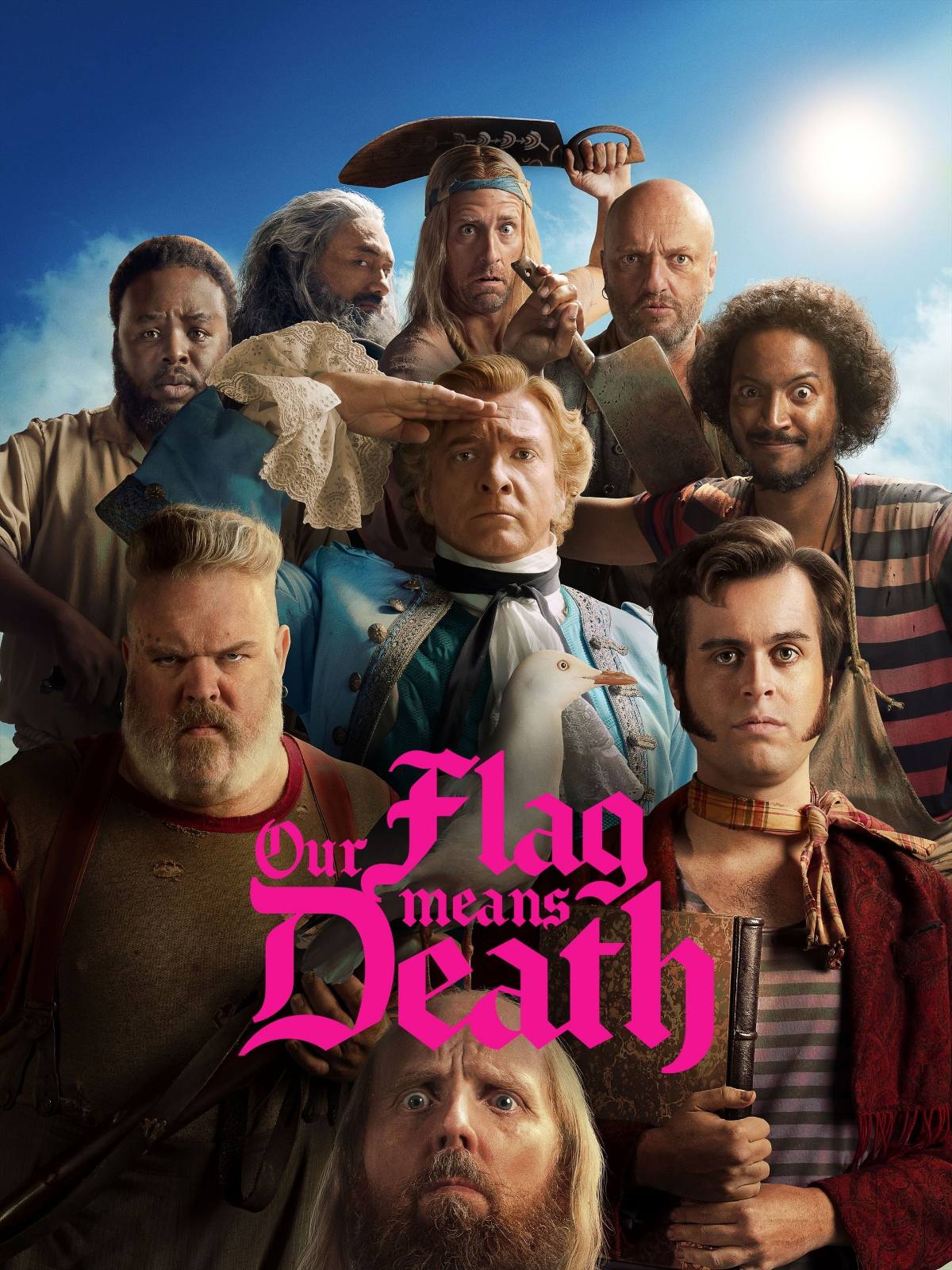
7. This Is Me Now… The Series (Prime Video)
Following Jennifer Lopez’s genre-blurring film-musical hybrid, the series version delves into themes of love, identity, and self-acceptance, and features cameos by queer icons and allies. It’s campy, messy, and made for Pride Month mood-boosting.

8. Sort Of – Final Season (Max)
This critically acclaimed dramedy about a gender-fluid millennial navigating love, grief, and identity in Toronto comes to a close with an emotionally rich final season. A thoughtful and often hilarious story that never loses its beating heart.
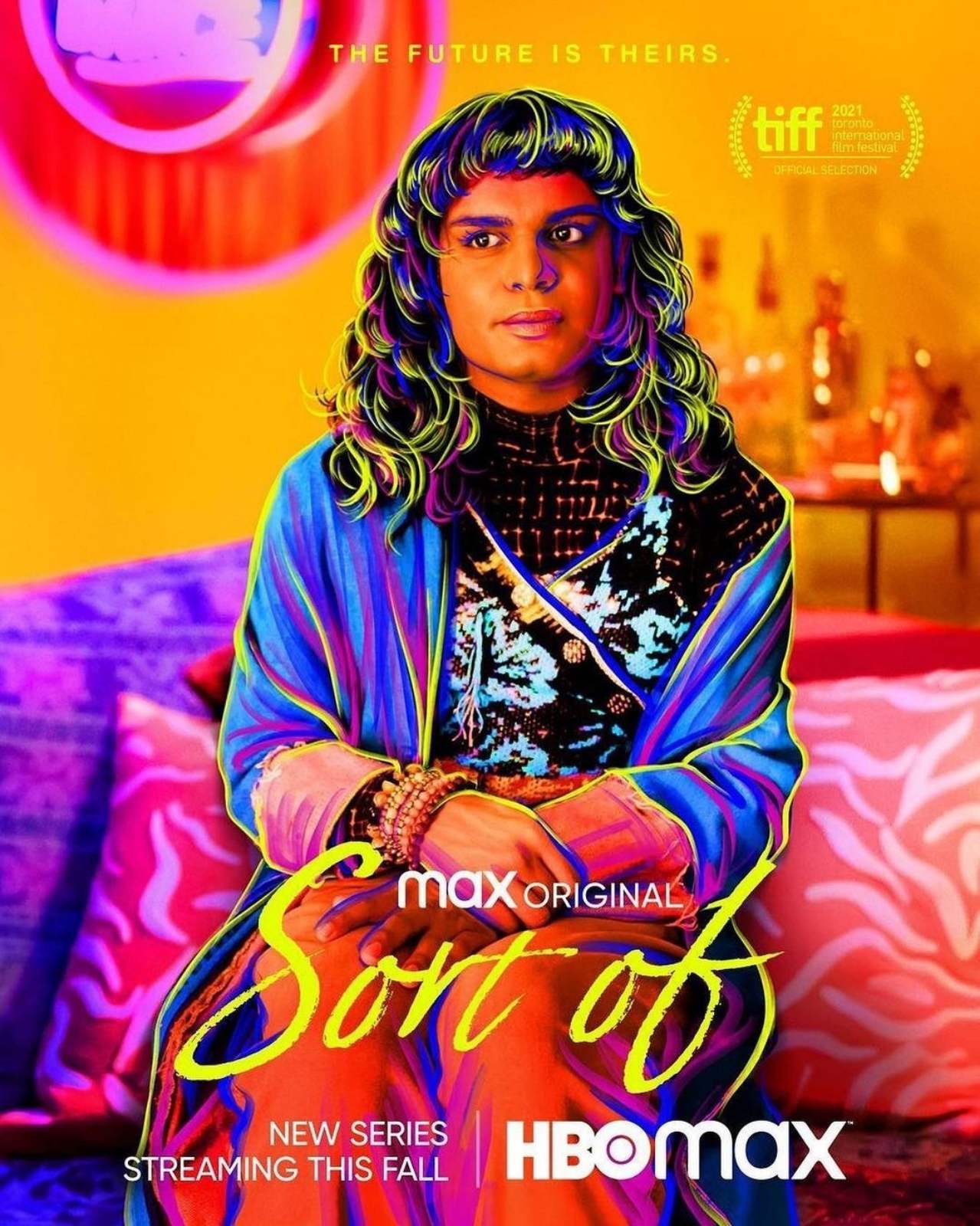
9. Red, White & Royal Blue – Limited Series (Prime Video)
After the hit film adaptation, the beloved queer romance returns in a serialized format, expanding on Alex and Henry’s story with new twists and deeper character arcs. It’s romantic escapism, elevated.

10. POSE: The Legacy (FX/Hulu)
This documentary miniseries honors the cultural legacy of POSE and the real-life ballroom legends who inspired it. Featuring interviews with cast, creators, and icons from the scene, it’s a must-watch tribute to queer history and resilience.
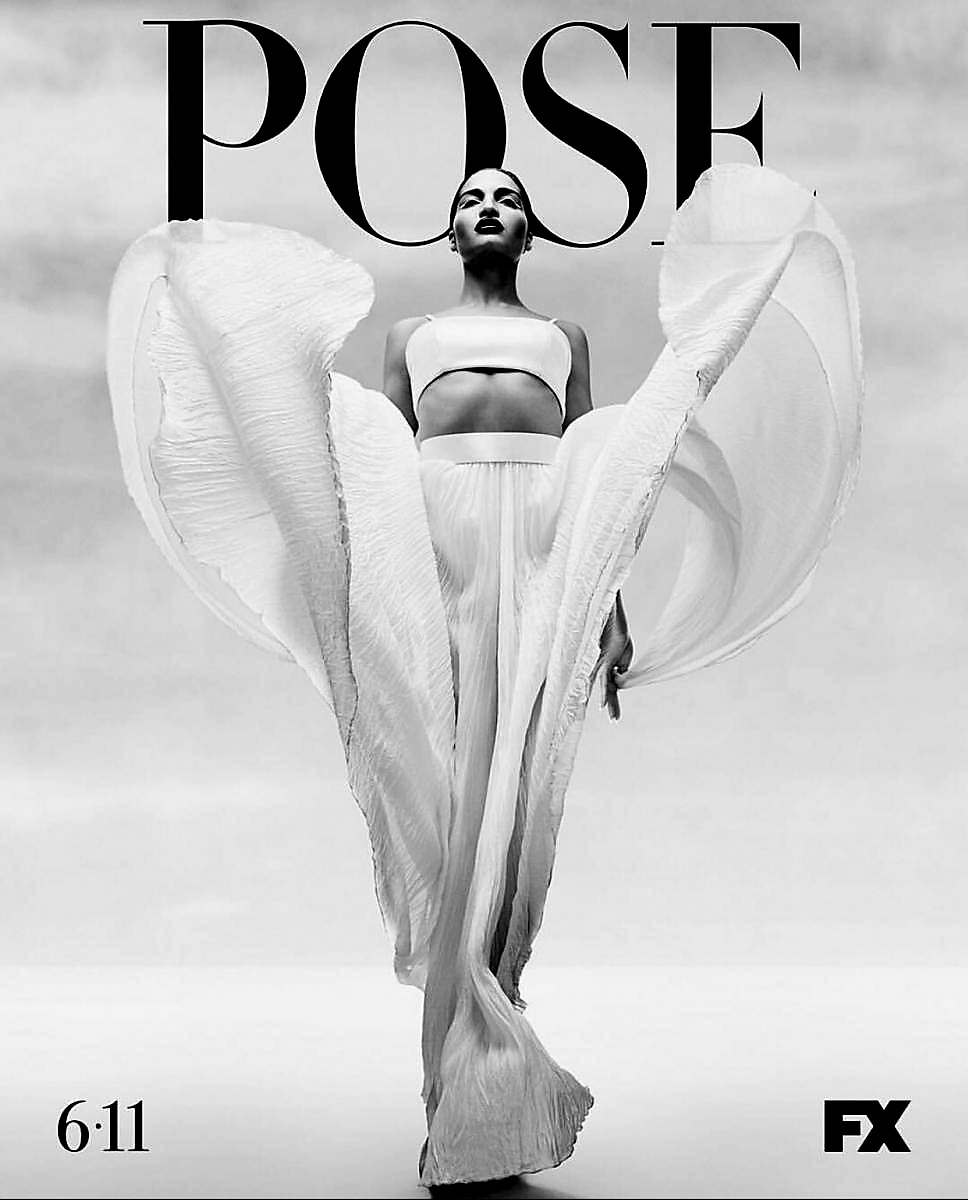
Whether you’re looking for laughter, tears, romance, or revolution, these Pride Month picks for 2025 offer it all—while honoring the complexity and beauty of LGBTQIA+ lives. So press play, turn up the volume, and let queer stories shine this June and beyond. Happy Pride! 🏳️🌈
Arts & Culture
Chaos and Clarity: Zen Aesthetic in Oj Hofer’s Art

by Jing Ramos |
Oj Hofer, our fashion contributing editor, is a Fine Arts graduate from the University of the Philippines. Though he began painting at the age of eight, his artistic journey took a transformative turn in 2013. While volunteering as a costume designer for Siddhartha: The Musical, he encountered Venerable Master Hsing Yun’s One-Stroke Calligraphy, sparking a deep devotion to Japanese sumi-e painting and kanji calligraphy. Over the years, he refined his craft, using his art to share the Dharma through exhibitions while supporting the Hsing Yun Educational Foundation. In 2022, his spiritual path deepened at Nan Tien University, where he embraced Zen and Humanistic Buddhism, shaping his artistic philosophy.
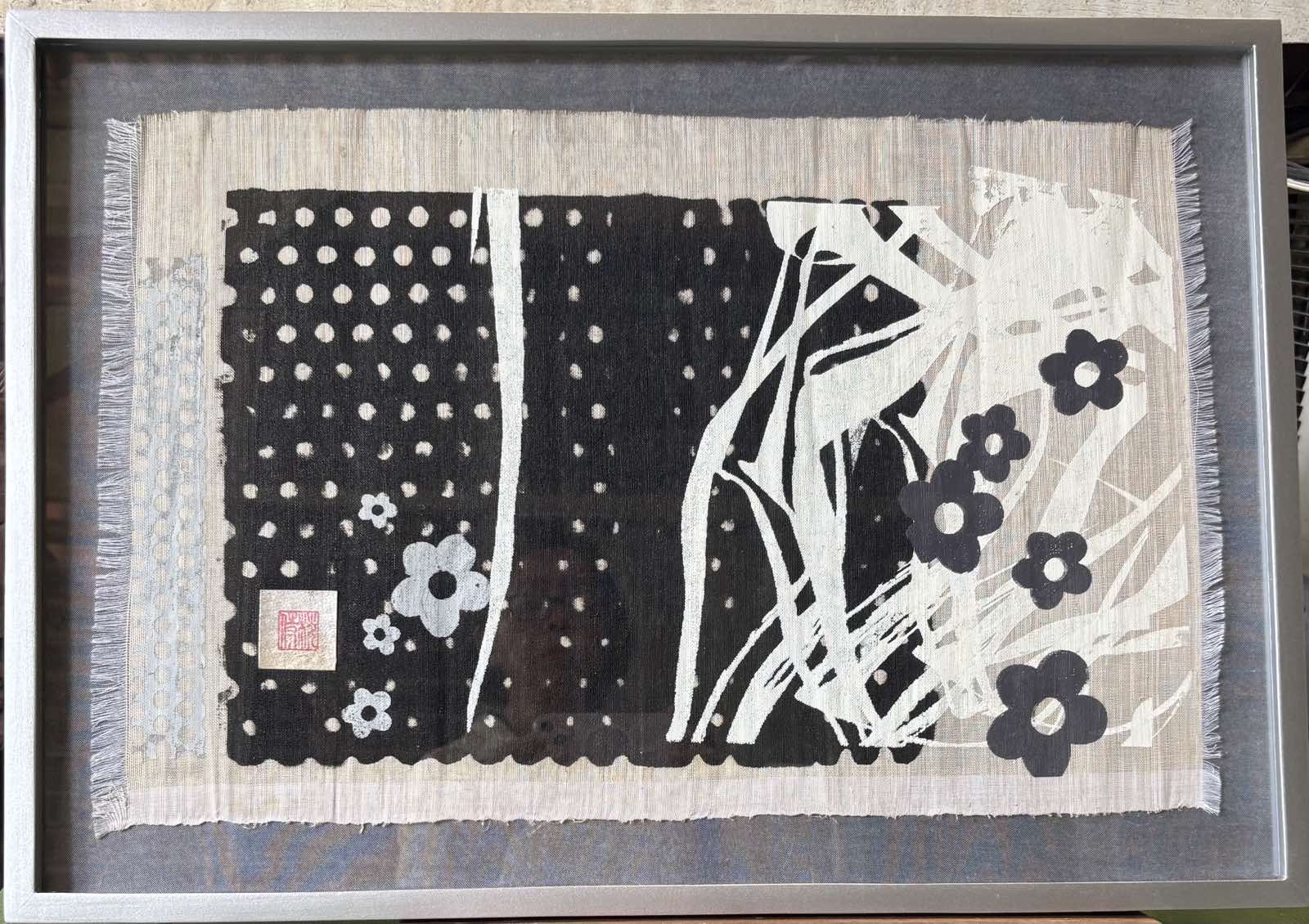
“Plum Blossoms in Moonlight.” Serigraphy on abaca.
In his recent works, Hofer merges traditional calligraphy with serigraphy, drawing inspiration from his friend Charles Lahti—an internationally recognized New York-based painter and printmaker. Lahti, known for his collaborations with post-war American artists like Robert Rauschenberg, Donald Judd, Andy Warhol, and LeRoy Neiman, introduced Hofer to silkscreen techniques. Through a workshop Lahti conducted in Cebu—arranged by their mutual friend Greg Urra—Hofer integrated silkscreen into his Zen artworks, particularly those on abaca.

“The Circle of Harmony” Serigraphy and Calligraphy on abaca.
Hofer’s cross-disciplinary approach challenges conventional Zen aesthetics. His layered paintings on abaca may seem far from tranquil at first glance, but closer contemplation reveals a meditative core. His serigraph of an Enso circle, for example, initially appears chaotic, filled with Tang Dynasty poetry and overlapping, repetitive forms. Yet, by focusing on a single calligraphic element, the viewer experiences a moment of clarity—a glimpse of awakening within the visual complexity.
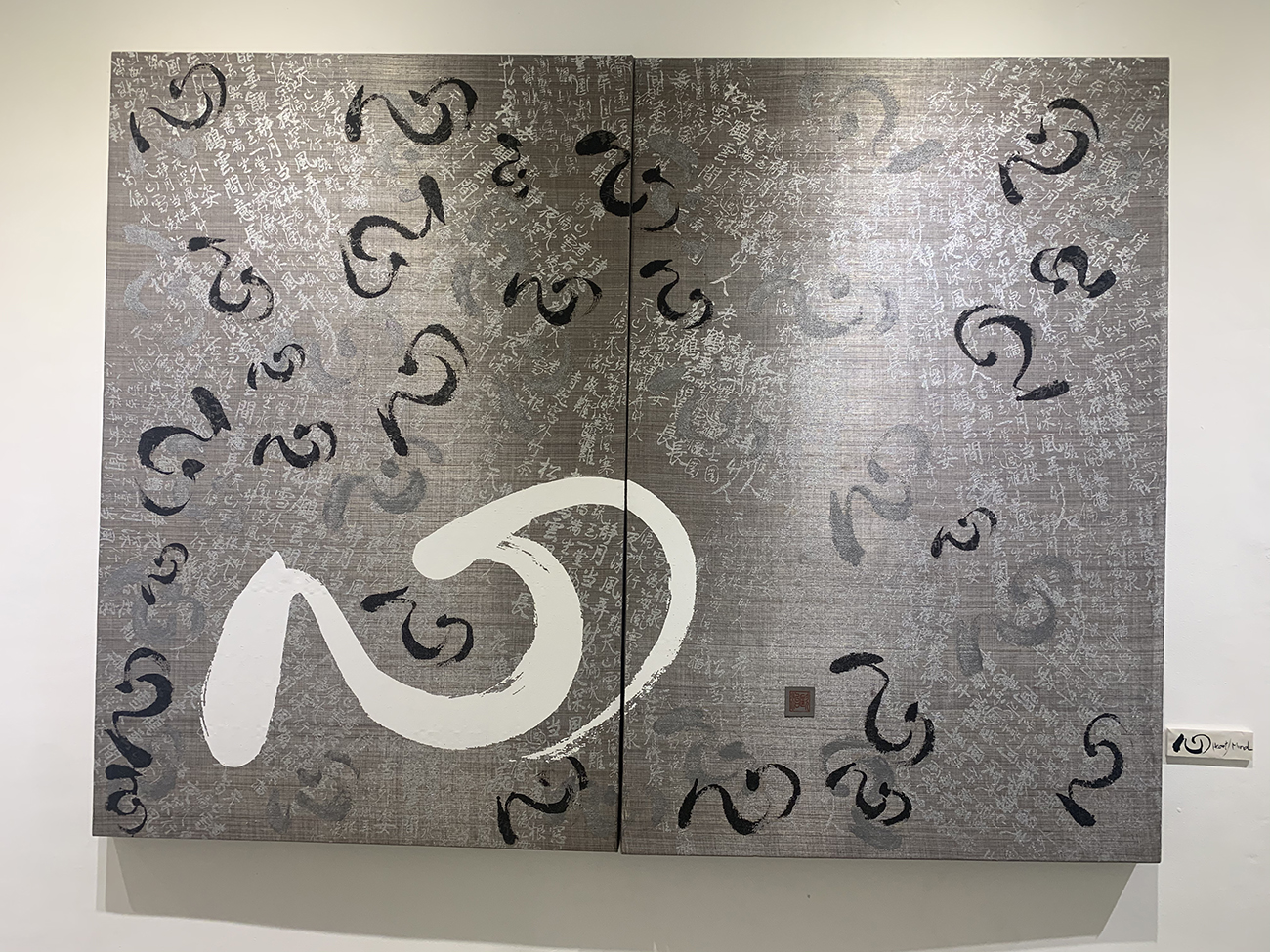
“Monkey Mind” Serigraphy and Calligraphy on abaca.
Even more engaging is his diptych Monkey Mind. At odds with the traditional Zen emphasis on negative space, this piece is deliberately busy, reflecting the restless nature of the mind. A distracted viewer may struggle to find a focal point, but one attuned to emptiness and presence will perceive clarity amidst the seeming disarray.

Ink and intention—creating calligraphy in support of one of my advocacies.
By fusing Zen philosophy with the discipline of serigraphy, Hofer invites his audience to look beyond surface impressions and discover stillness within movement, balance within complexity. His art does not merely depict Zen—it embodies the paradoxes at its core, offering a path to mindfulness through the act of seeing and the experience of doing.
Arts & Culture
What is Sappia? The Rice Myth Goddess of Bohol Who Helped Feed the People During a Great Famine
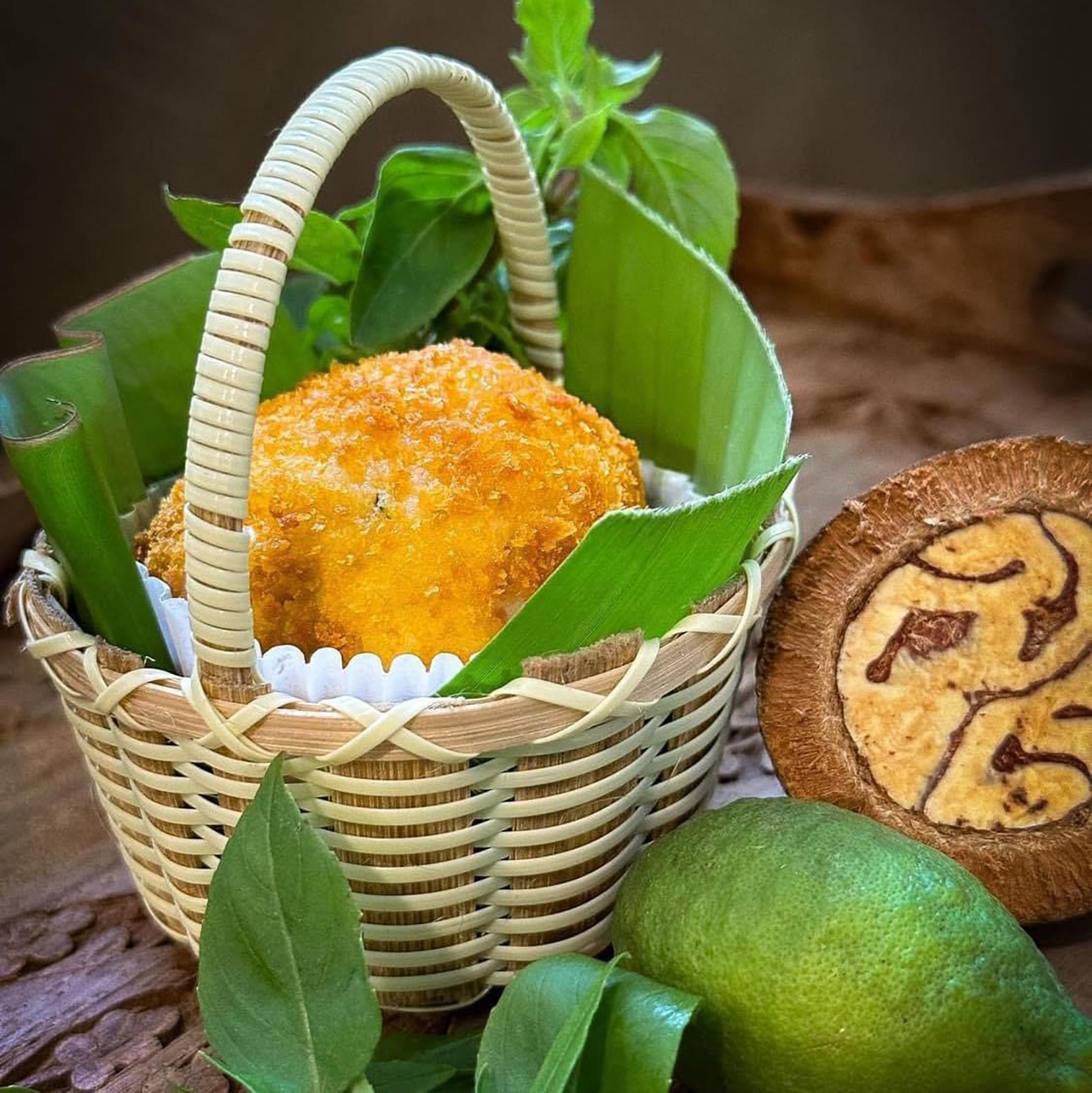
by Emma Gomez
The story began when the people of Bohol started to experience hunger and famine. All the livestocks were inedible and the fields were dried out leaving only weeds planted on the ground. The people prayed to the goddess of mercy, Sappia, to ask for food.
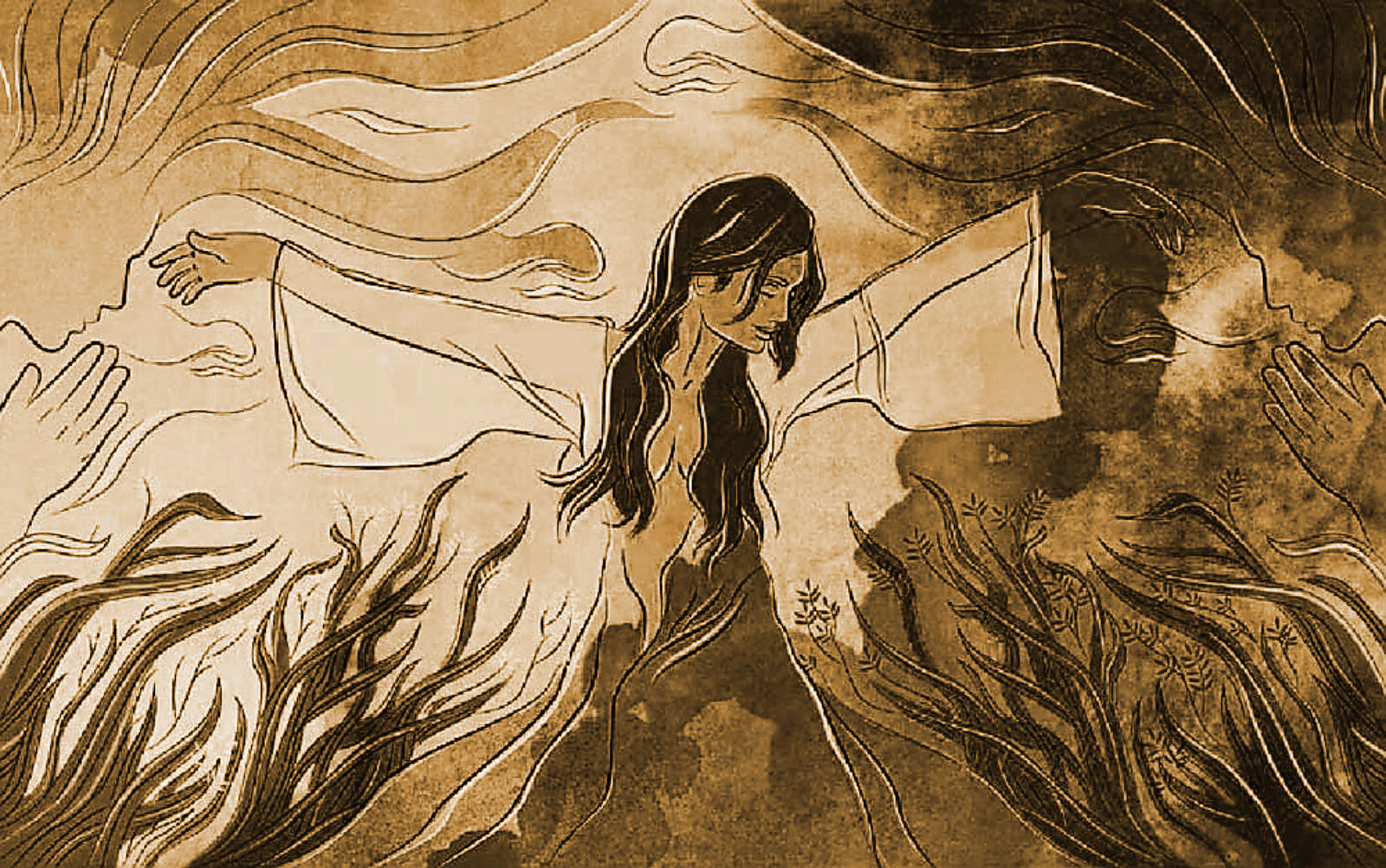
Sappia, the rice myth goddess of Bohol
Sappia, from the heavens, heard the cries of the people. She saw the dense population of weeds and offered to help them. Sappia thought of nourishing the weeds to be edible and healthy for the people of Bohol. Straightaway, she sprinkled the weed with milk from her bossom. She emptied each breast until blood came out. Before she left, she whispered to the weeds that they may be nourished and be able to feed the people.
When harvest season came, the people of Bohol quickly gathered the nourished weeds. They observed that the ones sprinkled with milk were white, while the other were red. They called the new plant rice and they replanted these in honor of Sappia, and for the people to devour.
-

 People2 months ago
People2 months agoThe Cardinals–an Amazing Gallery of Portraits on Cardinals in the Philippines by Artist Jun Impas
-

 QuickFx1 month ago
QuickFx1 month agoHill Station Baguio-Mitos Benitez-Yñiguez Raises the Bar with a Gastronomic Experience in a Cultural Heritage Building
-

 Style2 months ago
Style2 months agoFilippo Summer/Spring 2025 Menswear Collection-Fashion Designer Phillip Rodriguez Stays on Top of the Game
-

 People6 days ago
People6 days agoA Destination Wedding in Capiz; A Love Story in Focus
-

 Beauty & Wellness3 months ago
Beauty & Wellness3 months agoThe Lowdown on IV Drips–Dr. Victoria Jordan Sarmiento Opens Krowne Premiere Medical Aesthetics to Promote Overall Well-being
-

 QuickFx2 months ago
QuickFx2 months agoArt Beat–Maris Holopainen returns to the Original Qube Gallery Crossroads with a Smash Hit in Unscattered Voices
-

 Prime Target3 months ago
Prime Target3 months agoJamie Gellor–A Multihyphenate at the Intersection of Business, Beauty, and Wellness
-

 Events2 months ago
Events2 months agoSome Enchanted Evening–Marguerite Lhuillier hosts a Despidida Dinner for Eva Gullas in her Fabulous Post-Modernist Maria Luisa Mansion




